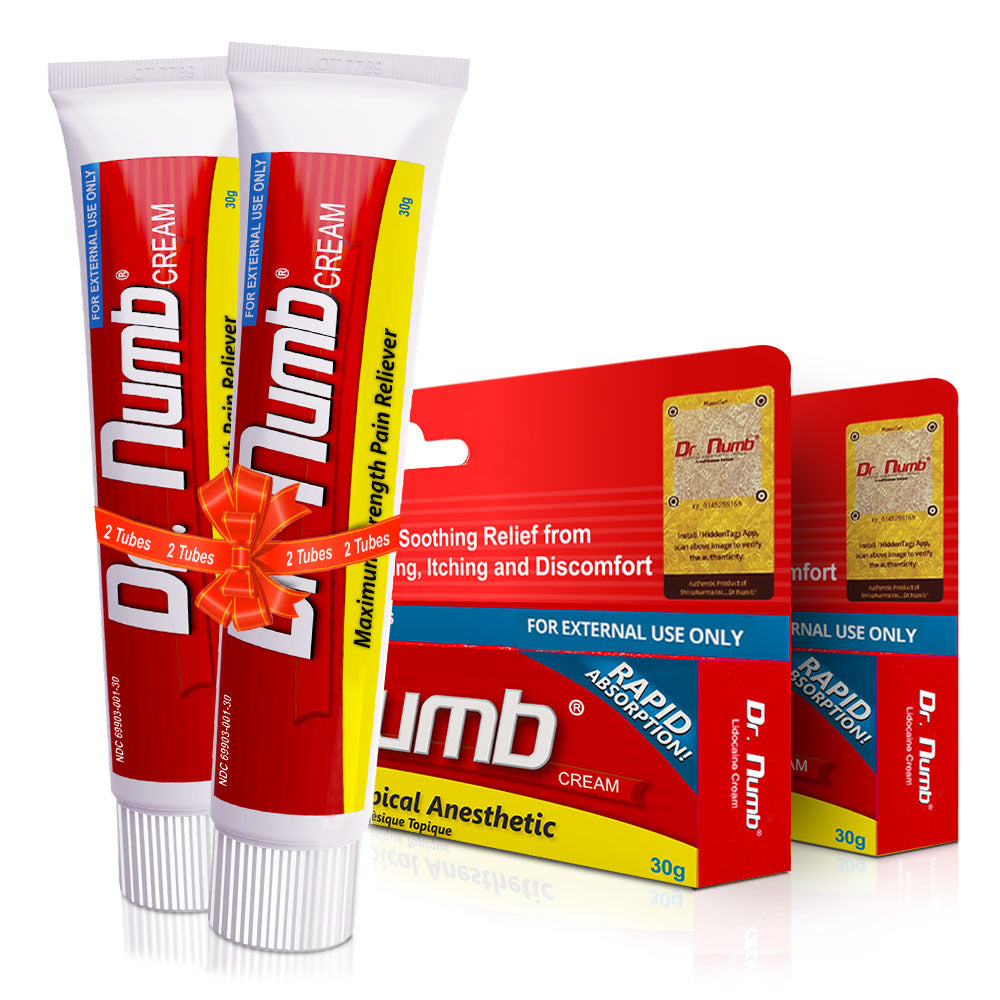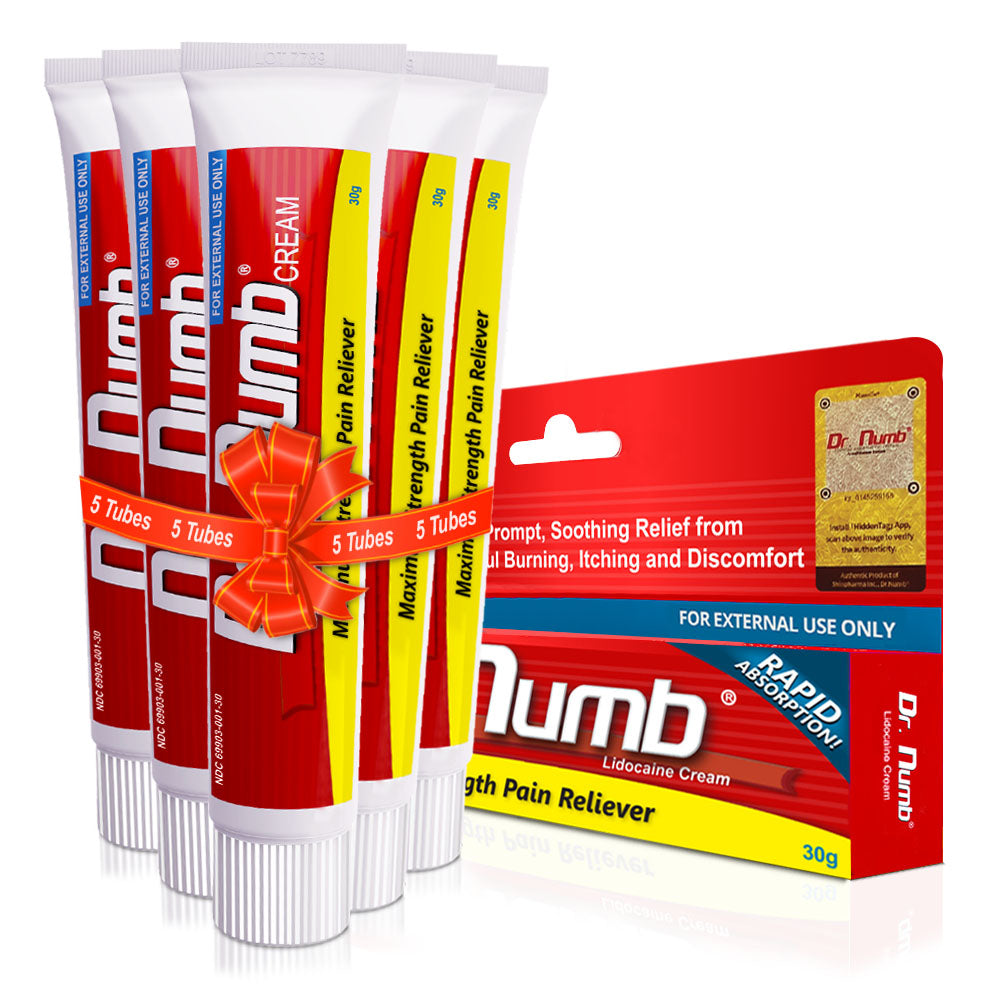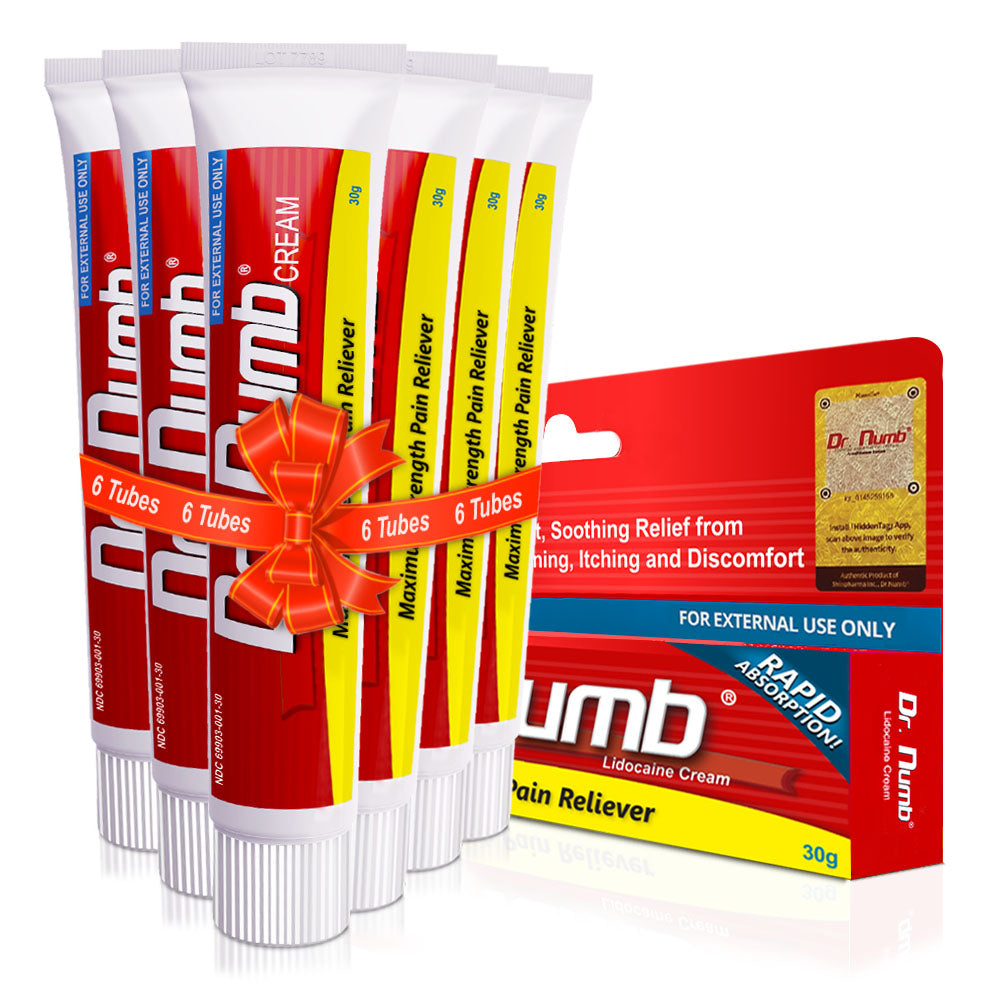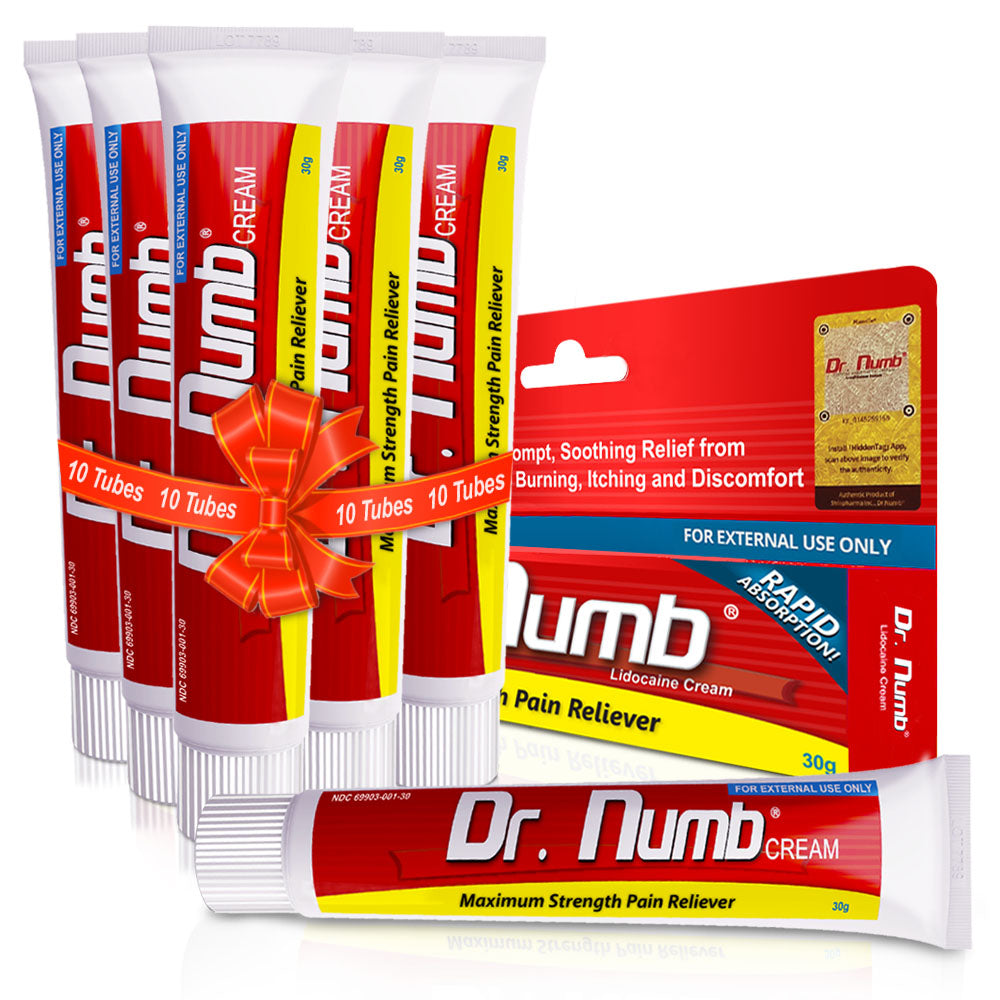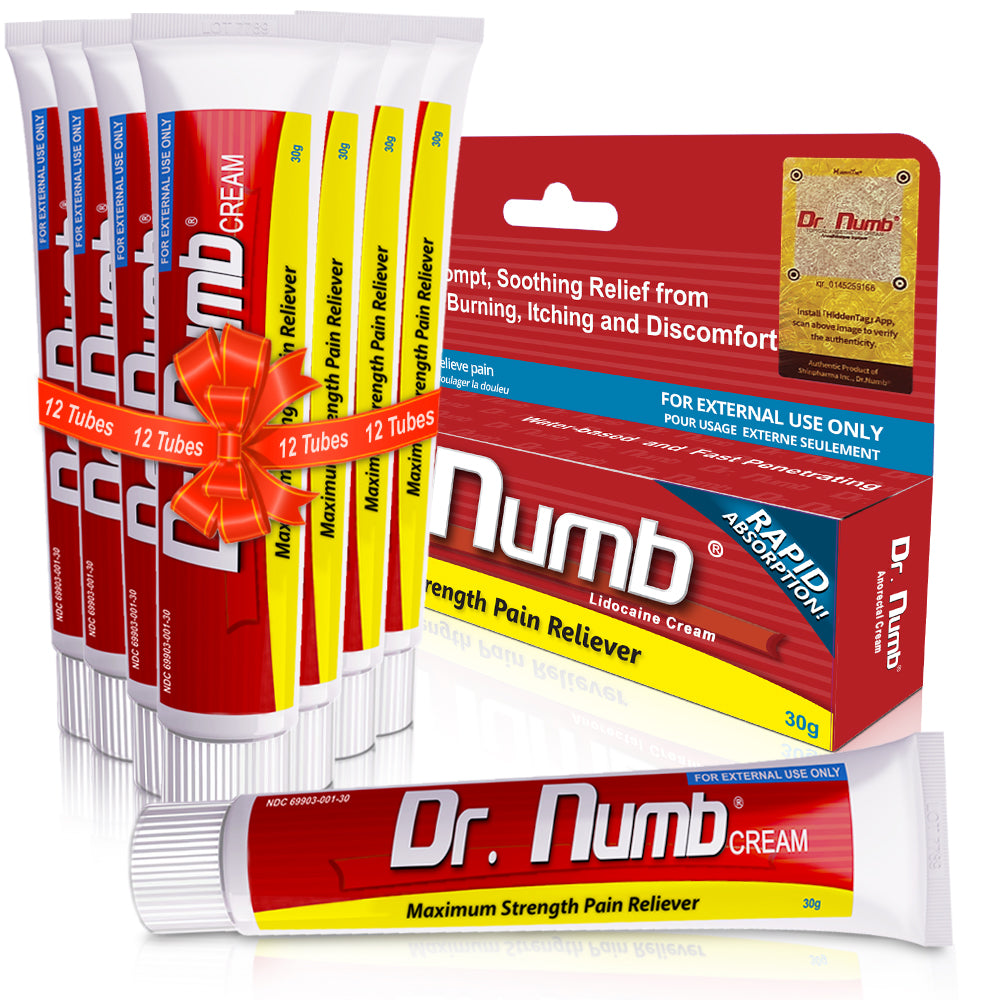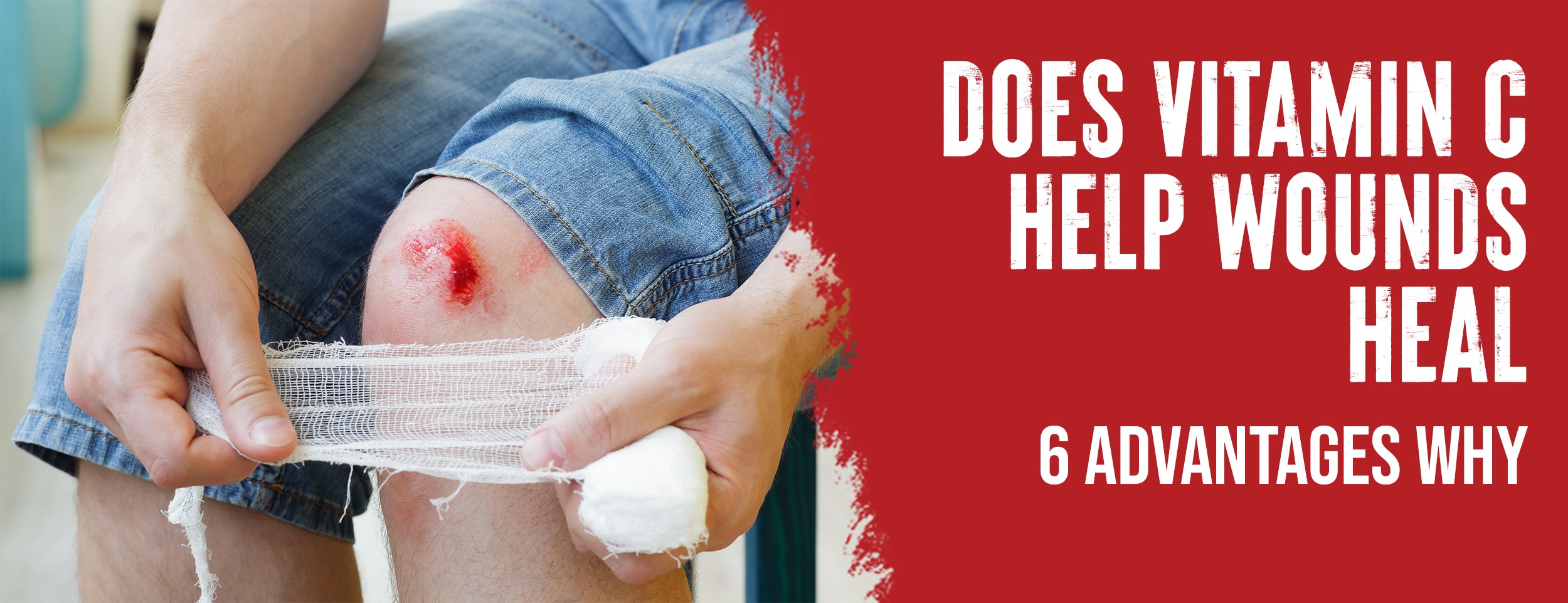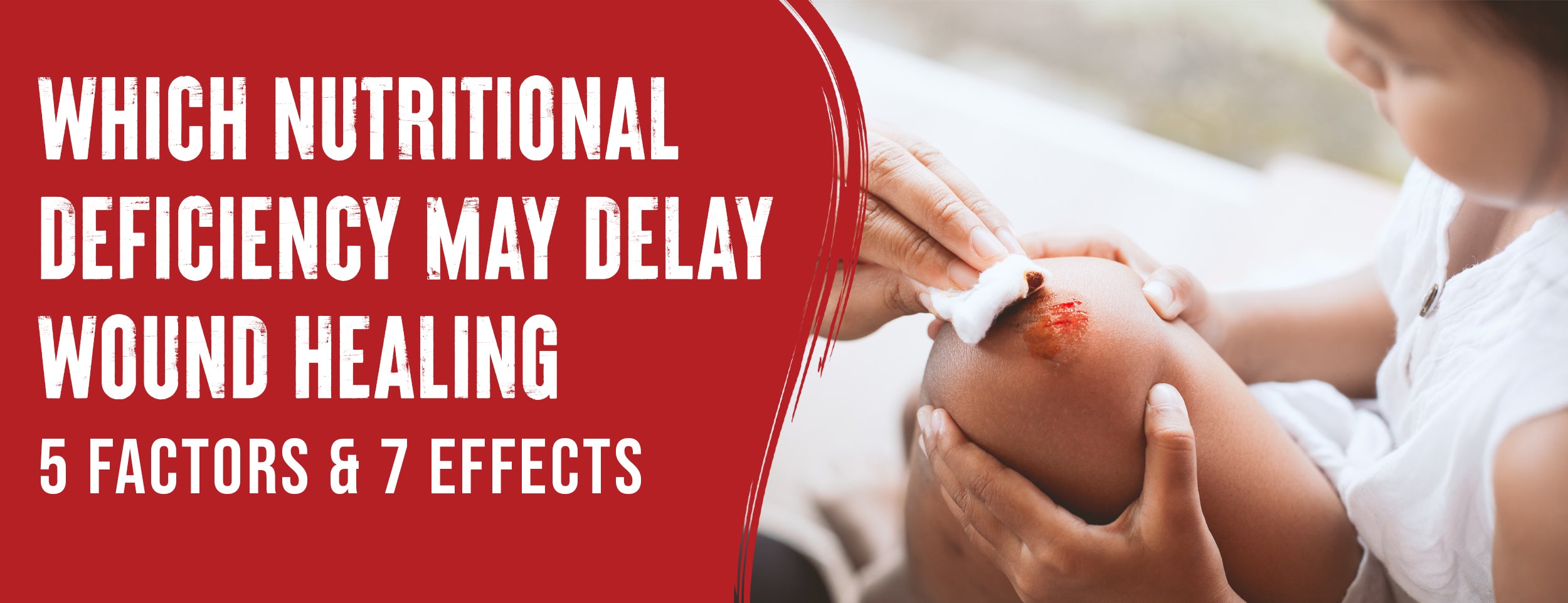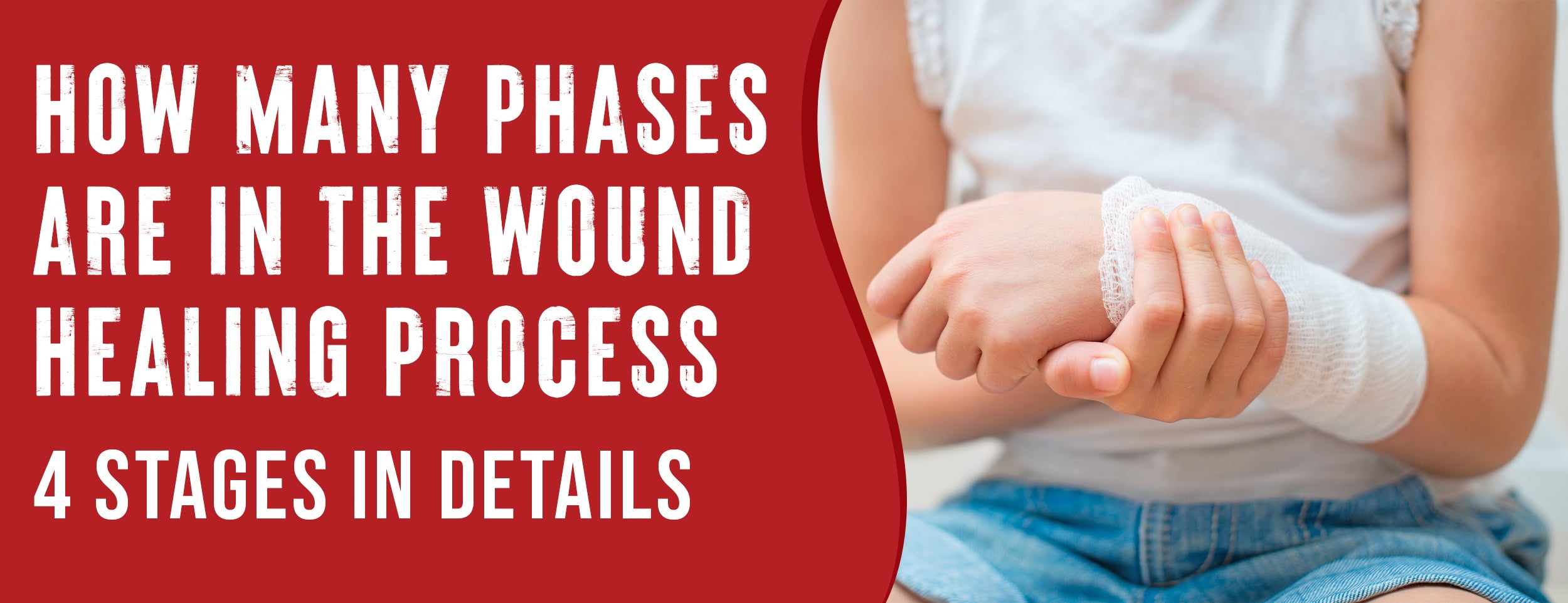The healing process of wounds can be affected by some factors. One question that often arises is whether garlic affects the healing of wounds.
Yes, garlic has been historically used by many cultures to heal wounds. Animal studies have shown that garlic extracts can increase wound healing and reduce infection rates. Fibroblasts, essential for wound healing, play a key role in this process.
We will explore the effects of garlic on healing wounds, ingredients in garlic, garlic extract applied topically, and its potential wound-healing benefits in medical usage.
Can Garlic Heal Wounds: 3 Situations
Garlic, a common kitchen ingredient worldwide, is valued not just for its flavor but also for its health benefits. Its role in wound healing has gained notice in medical and wellness circles. We investigate whether garlic helps heal wounds, fights bacterial infections, and enhances scar appearance.
Garlic's Antimicrobial Properties
Garlic has antimicrobial, antioxidant, and anti-inflammatory properties, and it has also been shown to boost collagen production and reduce the likelihood of hypertrophic scarring.
Fighting Bacteria Garlic is renowned for its natural antibacterial and antiviral properties. These characteristics make it a potential ally in preventing and fighting skin infections.
- Time to Effectiveness: The duration required for garlic to exert its antibacterial effects varies. Factors such as the concentration of garlic used, the type of bacteria, and the condition of the wound all play a role. While some studies indicate immediate antibacterial action, others suggest a gradual improvement over several days.

Garlic on Open Wounds
Applying garlic directly to open wounds might raise eyebrows because of concerns about irritation and potential burning sensations. It's crucial to approach this method with caution:
- Direct Application Risks: Raw garlic contains compounds that can irritate or even burn when applied to sensitive skin or open wounds. Therefore, it's recommended to use garlic-derived products explicitly planned for topical use rather than raw garlic.
- Formulated Ointments: Some studies have shown promising results using garlic ointments, with findings suggesting improved healing and more cosmetically appealing scars compared to conventional treatments like Vaseline. These ointments typically contain a controlled concentration of garlic extract, minimizing the risk of irritation.
Garlic for Scars
Beyond its antimicrobial properties, garlic has been studied for its potential to reduce scarring.
- Scar Appearance Improvement: Research indicates that topical applications of garlic can make scars less noticeable and more cosmetically appealing. This is attributed to garlic's ability to promote healing and influence collagen remodeling.
- Considerations for Use: While using garlic to improve scar appearance is enticing, it's important to use specially planned products. Directly applying raw garlic to scars or wounds is not advised because of the risk of irritation.
Garlic Stops Wounds From Healing: 5 Properties

Garlic has been used for centuries as a medicine and food spice, with potentially anti-inflammatory, antimicrobial, and antioxidant properties that support tissue repair. Garlic has strong antifungal and antibacterial properties that kill harmful microorganisms in wounds.
Not all claims about garlic's wound-healing powers are scientifically proven. This post examines the science behind garlic and wound healing to assess its safety and effectiveness for skin injuries.
Active Ingredient In Garlic Is Allicin
Garlic owes much of its medicinal value to a sulfur-based compound called allicin, formed when garlic is chopped, crushed, or chewed. Allicin has antibacterial and antifungal properties and is often used to treat colds, flu, and infections.
Allicin is also unstable and can be easily destroyed by heat, oxygen, or acidic conditions, so raw garlic may have more allicin than cooked or processed garlic. Allicin may not be the only active compound in garlic that contributes to its wound-healing effects.
Production of Reactive Oxygen Species
One of the proposed mechanisms of garlic's wound-healing properties is its ability to increase the production of reactive oxygen species (ROS) , signaling molecules that regulate cell proliferation, migration, and differentiation.
- Topical application of garlic extract or juice can boost the expression and activity of ROS-related enzymes like superoxide dismutase (SOD) and catalase in skin cells.
- Excessive ROS production could worsen certain skin injuries, particularly in individuals with weakened antioxidant defenses.
- Experimental studies indicate garlic's potential to enhance skin health by modulating ROS-related enzymes.
Stimulation of Cutaneous Microcirculation
Another proposed mechanism of garlic's wound-healing effects is improving blood flow to the skin tissue, which is crucial for nutrient and oxygen delivery, waste removal, and immune defense.
- Garlic contains bioactive compounds such as diallyl sulfide and other sulfur compounds.
- These compounds, like adenosine and nitric oxide, can regulate blood vessels.
- They can act as vasodilators or vasoconstrictors based on the dose and context.
- They can modulate red blood cell production and platelets.

Modulation of The Immune System
Garlic has immunomodulatory effects, influencing the activity and function of the immune system. Some immune cells involved in skin repair and regeneration include macrophages, neutrophils, lymphocytes, and dendritic cells, which can produce cytokines, growth factors, and enzymes that regulate tissue remodeling.
Depending on the specific scenario, garlic may interact with these cells and molecules to enhance or suppress their activity.
For example, garlic extract has been shown to increase the production of interleukin-8 (IL-8) and tumor necrosis factor-alpha (TNF-alpha) in human skin cells, which are cytokines that promote wound healing by recruiting immune cells and stimulating angiogenesis.
Garlic may also hinder the function of MMPs, which degrade collagen and other extracellular matrix components, slowing wound healing. The effects of garlic on the immune system are complex and dose-dependent and may vary with age, gender, health status, and medication use.
Anti-Cancer Properties
Extensive research has been conducted on garlic because of its potential anti-cancer properties. Garlic has several mechanisms that contribute to its effectiveness, such as its ability to trigger programmed cell death (apoptosis), inhibit the formation of new blood vessels (angiogenesis), and regulate the progression of cell cycles and DNA repair processes.
- Similar mechanisms may apply to wound healing, as cancer cells exhibit characteristics common with proliferative and invasive cells in wounds.
- Excessive or abnormal cell proliferation and migration can cause hypertrophic scars, keloids, or chronic wounds linked to impaired healing and higher infection risk.
- Garlic may aid in regulating these processes by promoting apoptosis.
How Garlic Heals Wounds: A Medical Perspective
Garlic owes much of its medicinal value to a sulfur-based compound formed when garlic is chopped, crushed, or chewed. Here are some applications of garlic extract that are scientifically proven to improve dermatologic conditions.
Psoriasis Treatment with Garlic Extract
Dry, scaly patches on the skin characterize the autoimmune skin condition psoriasis. Some patients with psoriasis have shown symptom relief after applying garlic extract topically. Garlic's anti-inflammatory properties can reduce psoriasis redness and inflammation.
Keloid Scar Reduction

After an injury or surgery, keloids form as raised, thickened scars. A keloid scar can be unsightly and uncomfortable, causing itching and pain. Garlic extract may reduce the appearance of keloid scars when applied topically. Its antibacterial and antifungal properties aid in preventing infections, while its anti-inflammatory properties relieve swelling and redness caused by keloids.
Garlic's Positive Effects on Wound Healing
The therapeutic benefits of garlic for wound healing have already been discussed. Besides its antimicrobial, antioxidant, and anti-inflammatory properties, garlic has also been shown to boost collagen production and reduce the likelihood of hypertrophic scarring.
Antiviral and Antibacterial Benefits for Skin Infections
Its antibacterial and antiviral properties make garlic an effective natural remedy for skin infections.Garlic extract can kill many bacteria and viruses, including those that cause acne, eczema, and other skin conditions.

Topical garlic for fungal infections
Garlic's antifungal properties make it an effective remedy against athlete's foot and nail fungus. The sulfur compounds in garlic have been shown to inhibit the growth of fungi, while its antibacterial benefits can prevent secondary infections.
Leishmaniasis Treatment with Garlic
Tropical and subtropical regions are prone to leishmaniasis. According to some studies, It may be treated with the topical application of garlic extract, which has antimicrobial properties.
Promising Results for Alopecia Areata

Alopecia areata are characterized by patches of hair loss on the scalp, face, and other body parts because of alopecia areata. While alopecia areata has no cure, some studies suggest garlic extract may promote hair regrowth in affected areas . Garlic contains sulfur compounds that stimulate hair follicles and stimulate growth.
Conclusion
Garlic for wound healing is not a recent discovery, but recent scientific research has provided valuable insights into its potential benefits. Garlic is rich in allicin, a potent compound that facilitates the growth of skin cells and enhances cutaneous microcirculation. As a result, it speeds up the healing process of wounds, promoting a quicker recovery.
It has anti-cancer properties and can treat skin conditions like psoriasis, alopecia areata, keloid scars, and fungal infections.
While the research is ongoing, topical garlic extract has much potential in dermatologic applications. So, next time you have a wound, consider using garlic as a natural remedy.




